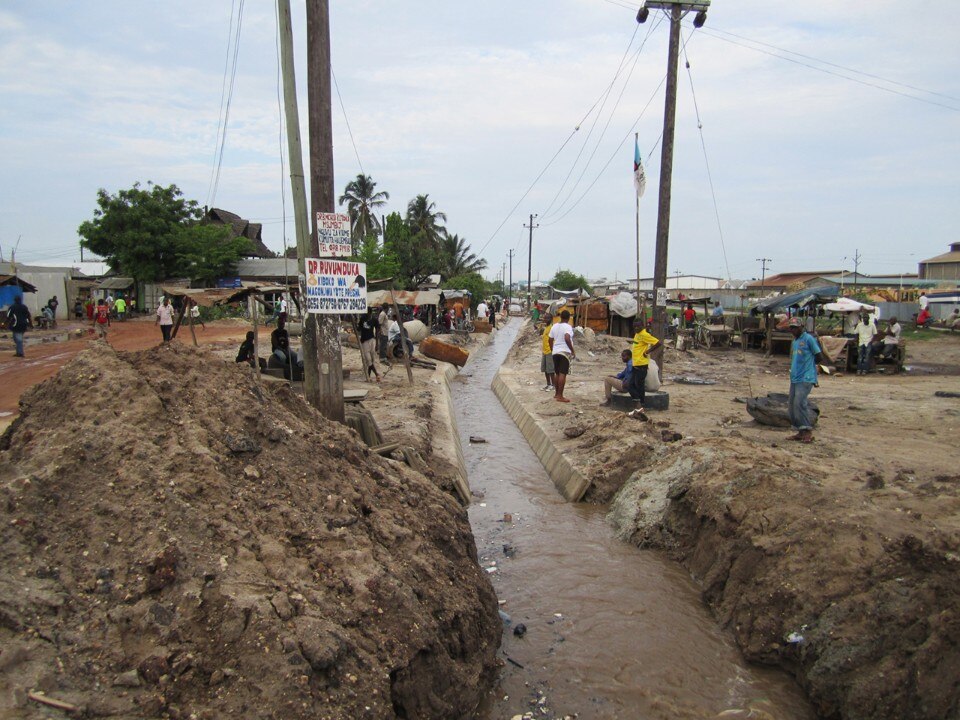Maria Chiara Pastore was born in 1980. She has a doctorate degree in architecture from the Milan Polytechnic, and conducts research on city development. In 2016, she was special commissioner of Sisma, an Italian government initiative for post-earthquake reconstruction. Pastore is working on urban forestry research with Stefano Boeri, and her book Re-interpreting the Relationship Between Water and Urban Planning: The Case of Dar es Salaamwasrecently published by Routledge.
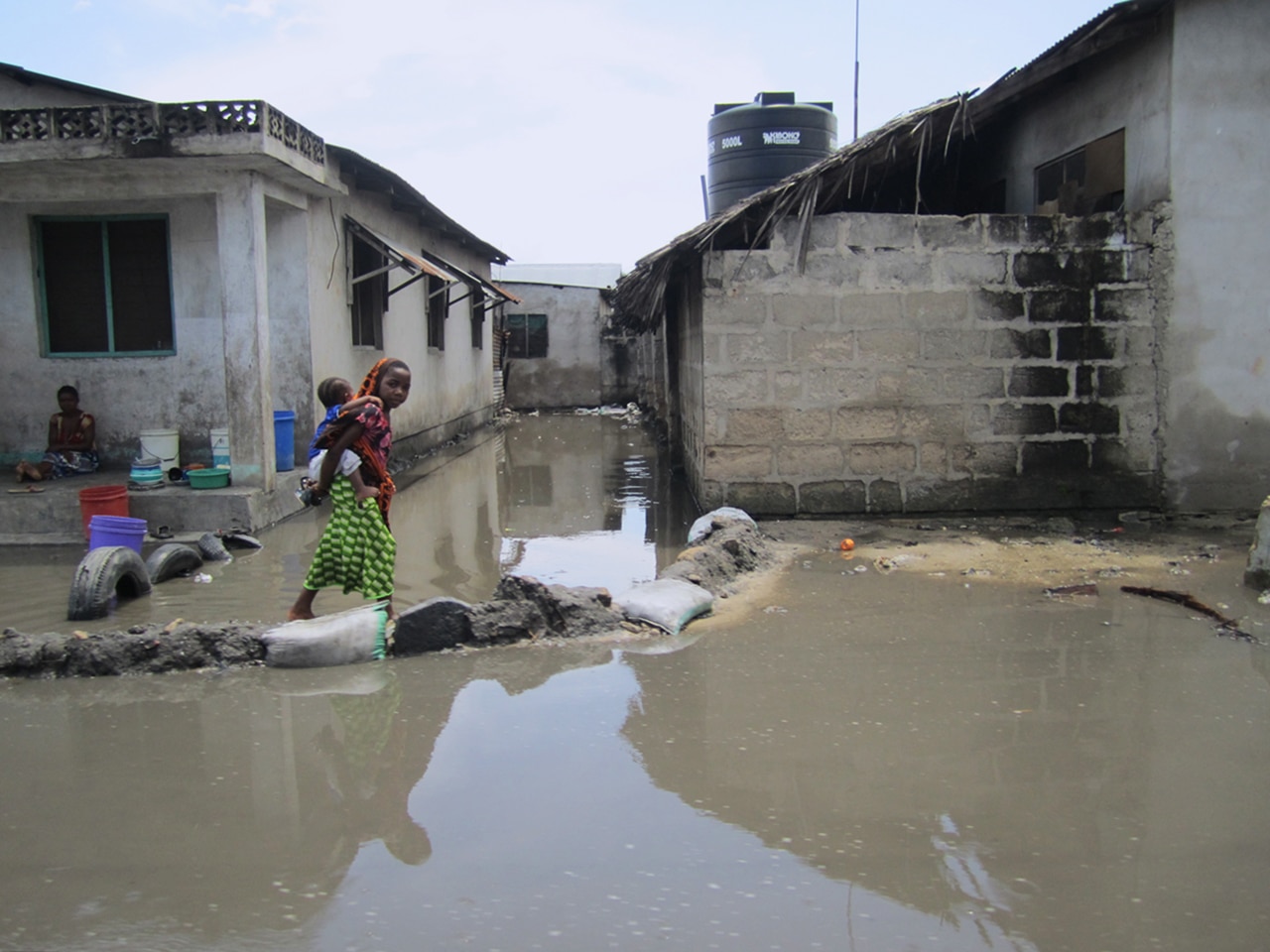
 View gallery
View gallery
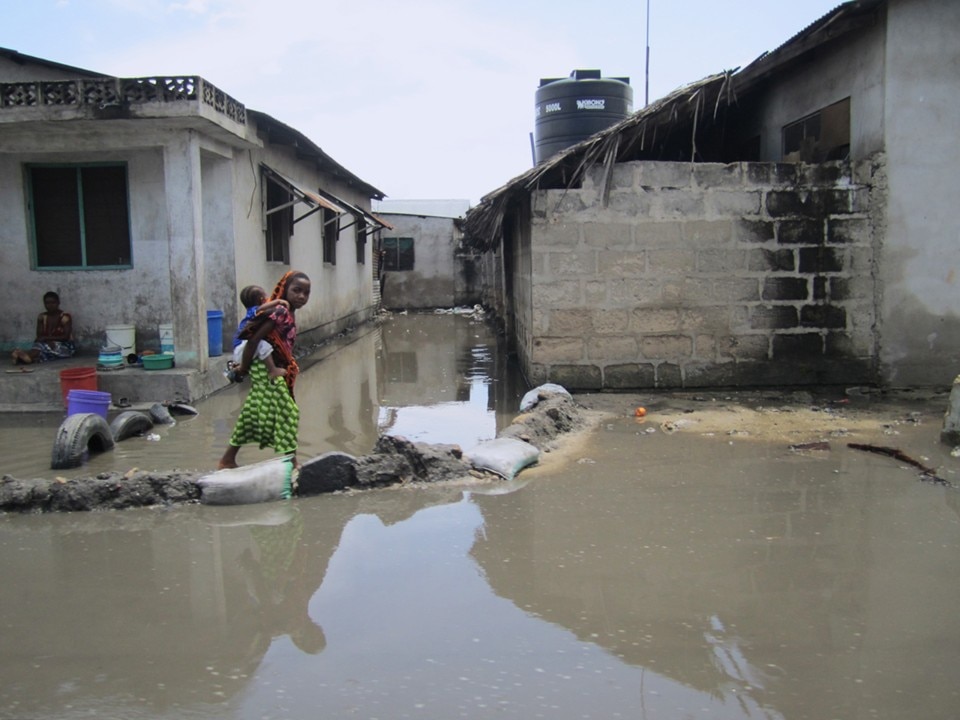
Africa of the future: water as a fundamental element for planning the mater plan of developing cities
Sub-Saharan Africa, and in particular Dar es Salaam, are suitable places for Maria Chiara Pastore to investigate the different distribution and collection of water compared to the Westernized world. Water is as vital for our cities as it is potentially destructive. It must become a structural element of planning.
Dar es Salaam
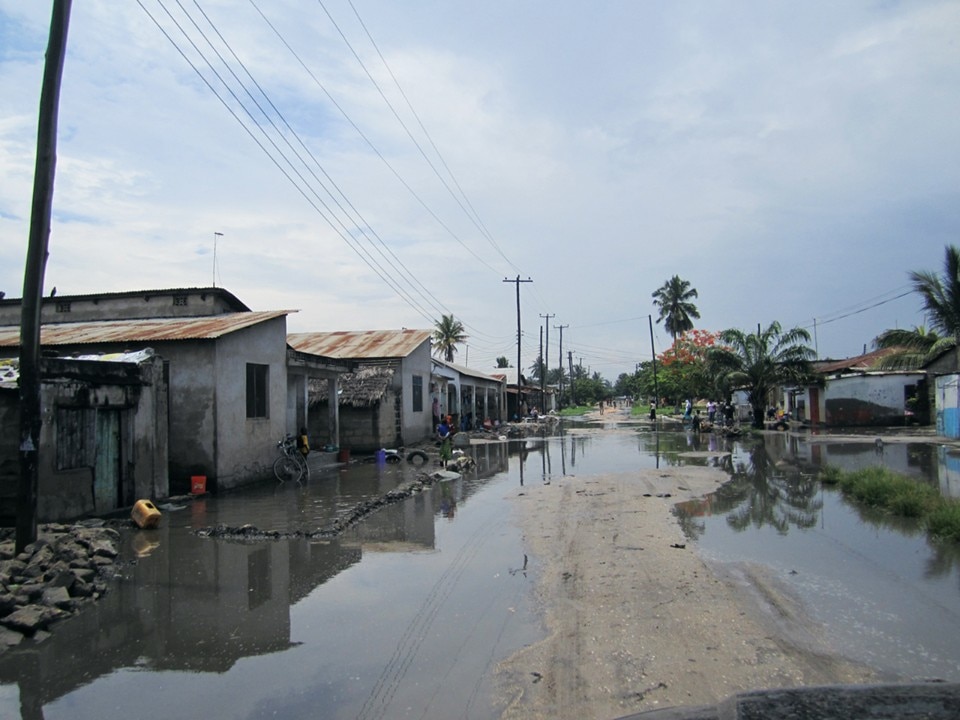
Africa of the future: water as a fundamental element for planning the mater plan of developing cities
Sub-Saharan Africa, and in particular Dar es Salaam, are suitable places for Maria Chiara Pastore to investigate the different distribution and collection of water compared to the Westernized world. Water is as vital for our cities as it is potentially destructive. It must become a structural element of planning.
Dar es Salaam
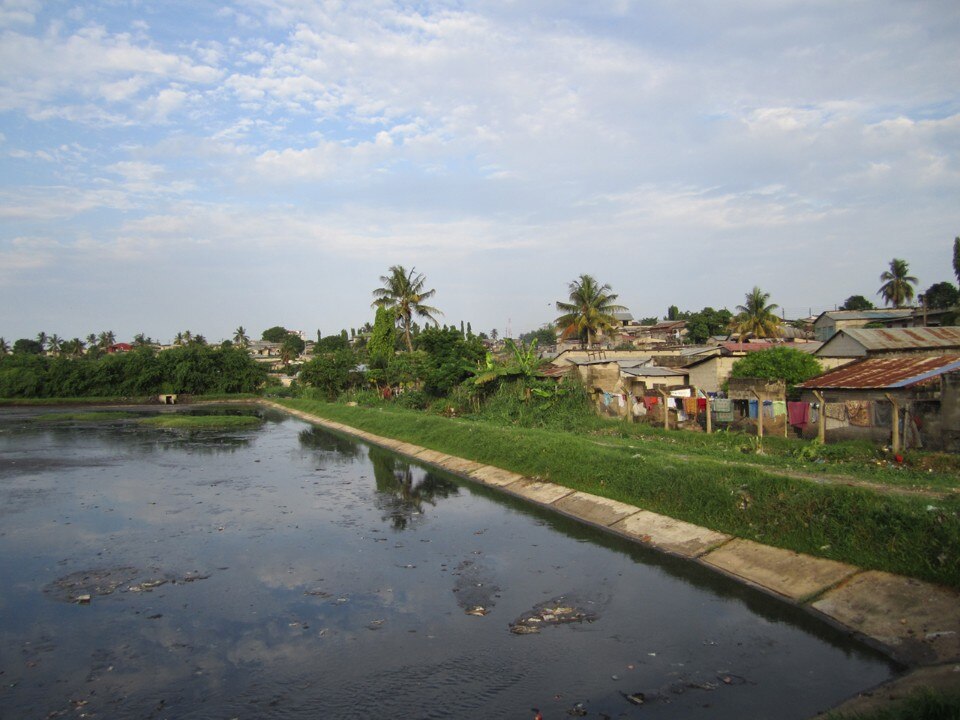
Africa of the future: water as a fundamental element for planning the mater plan of developing cities
Sub-Saharan Africa, and in particular Dar es Salaam, are suitable places for Maria Chiara Pastore to investigate the different distribution and collection of water compared to the Westernized world. Water is as vital for our cities as it is potentially destructive. It must become a structural element of planning.
Dar es Salaam
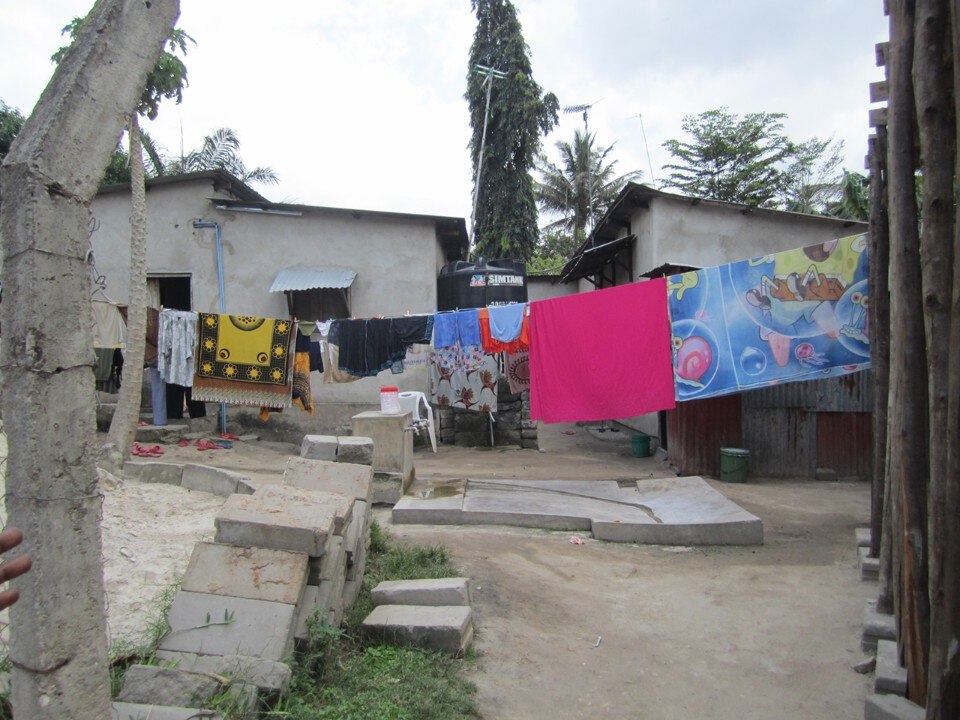
Africa of the future: water as a fundamental element for planning the mater plan of developing cities
Sub-Saharan Africa, and in particular Dar es Salaam, are suitable places for Maria Chiara Pastore to investigate the different distribution and collection of water compared to the Westernized world. Water is as vital for our cities as it is potentially destructive. It must become a structural element of planning.
Dar es Salaam
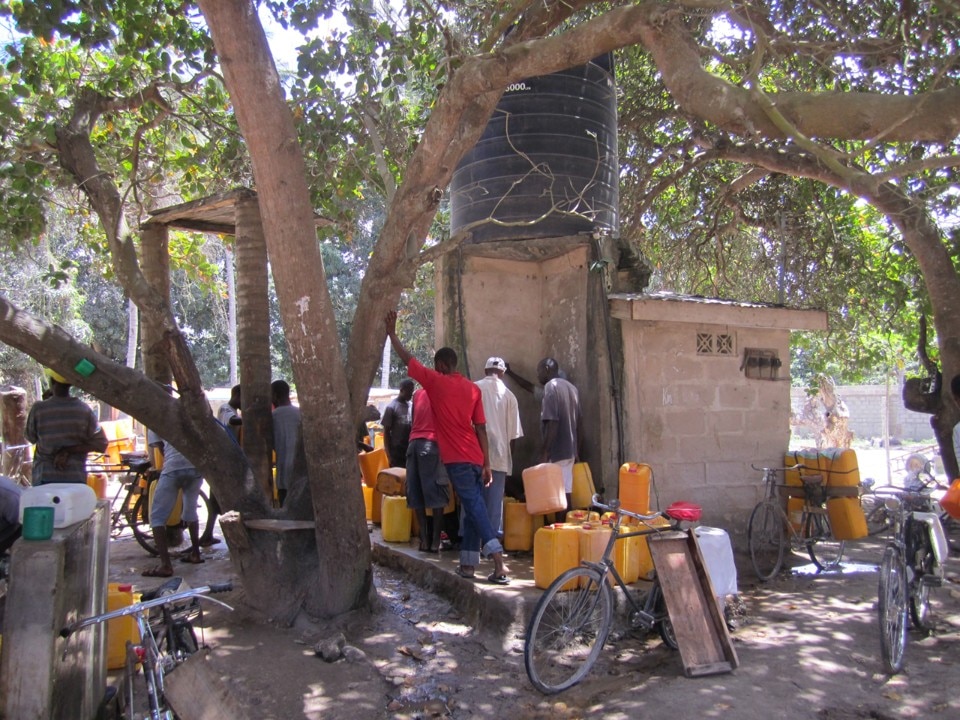
Africa of the future: water as a fundamental element for planning the mater plan of developing cities
Sub-Saharan Africa, and in particular Dar es Salaam, are suitable places for Maria Chiara Pastore to investigate the different distribution and collection of water compared to the Westernized world. Water is as vital for our cities as it is potentially destructive. It must become a structural element of planning.
Dar es Salaam
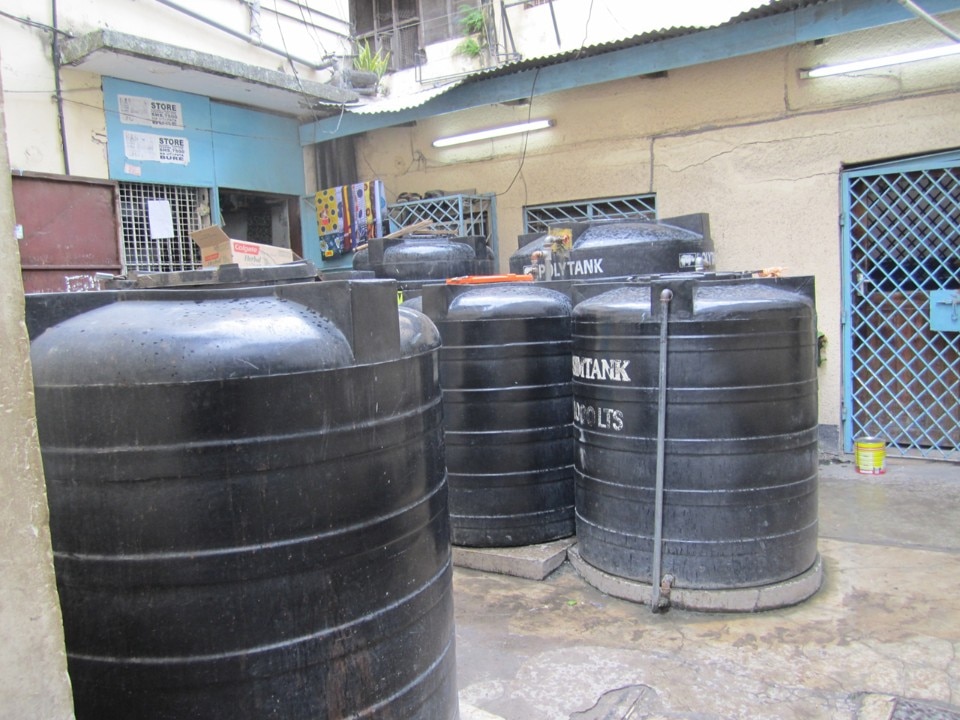
Africa of the future: water as a fundamental element for planning the mater plan of developing cities
Sub-Saharan Africa, and in particular Dar es Salaam, are suitable places for Maria Chiara Pastore to investigate the different distribution and collection of water compared to the Westernized world. Water is as vital for our cities as it is potentially destructive. It must become a structural element of planning.
Dar es Salaam
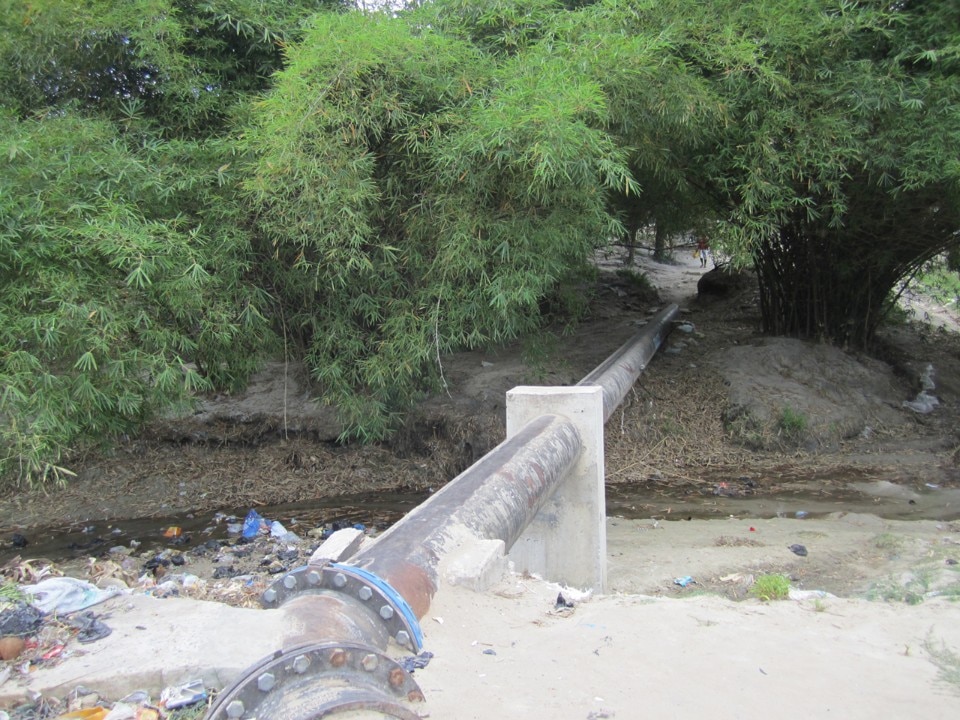
Africa of the future: water as a fundamental element for planning the mater plan of developing cities
Sub-Saharan Africa, and in particular Dar es Salaam, are suitable places for Maria Chiara Pastore to investigate the different distribution and collection of water compared to the Westernized world. Water is as vital for our cities as it is potentially destructive. It must become a structural element of planning.
Dar es Salaam
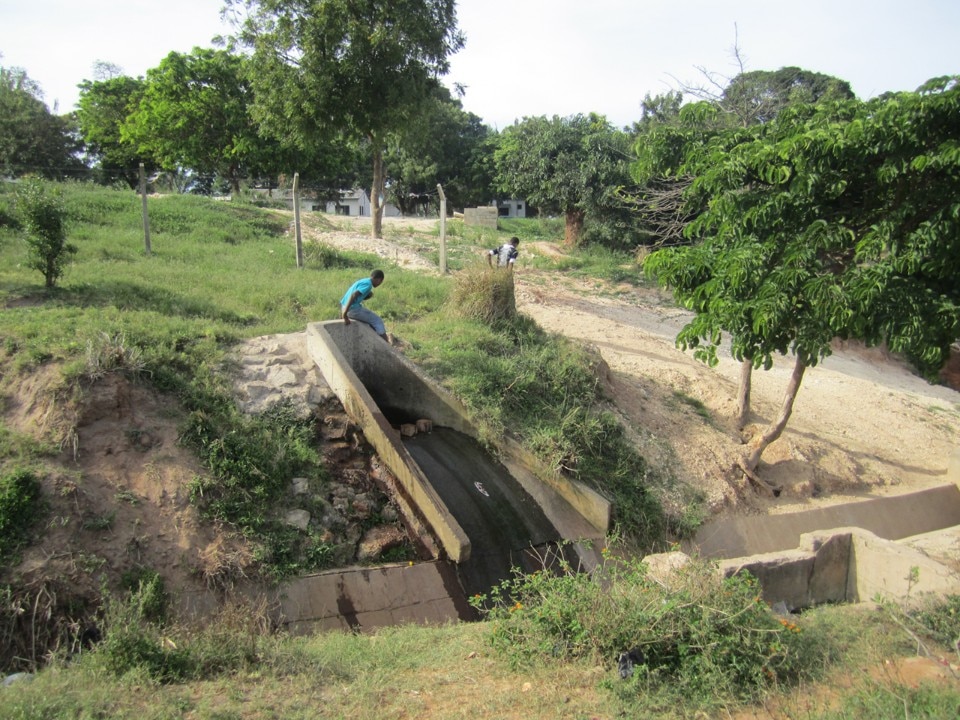
Africa of the future: water as a fundamental element for planning the mater plan of developing cities
Sub-Saharan Africa, and in particular Dar es Salaam, are suitable places for Maria Chiara Pastore to investigate the different distribution and collection of water compared to the Westernized world. Water is as vital for our cities as it is potentially destructive. It must become a structural element of planning.
Dar es Salaam
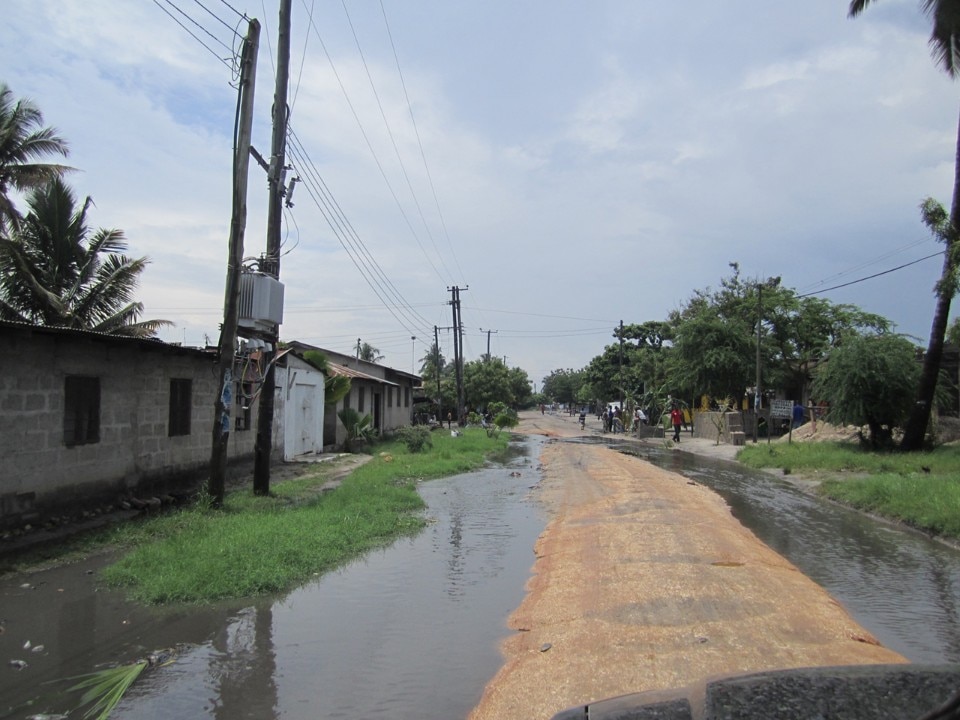
Africa of the future: water as a fundamental element for planning the mater plan of developing cities
Sub-Saharan Africa, and in particular Dar es Salaam, are suitable places for Maria Chiara Pastore to investigate the different distribution and collection of water compared to the Westernized world. Water is as vital for our cities as it is potentially destructive. It must become a structural element of planning.
Dar es Salaam
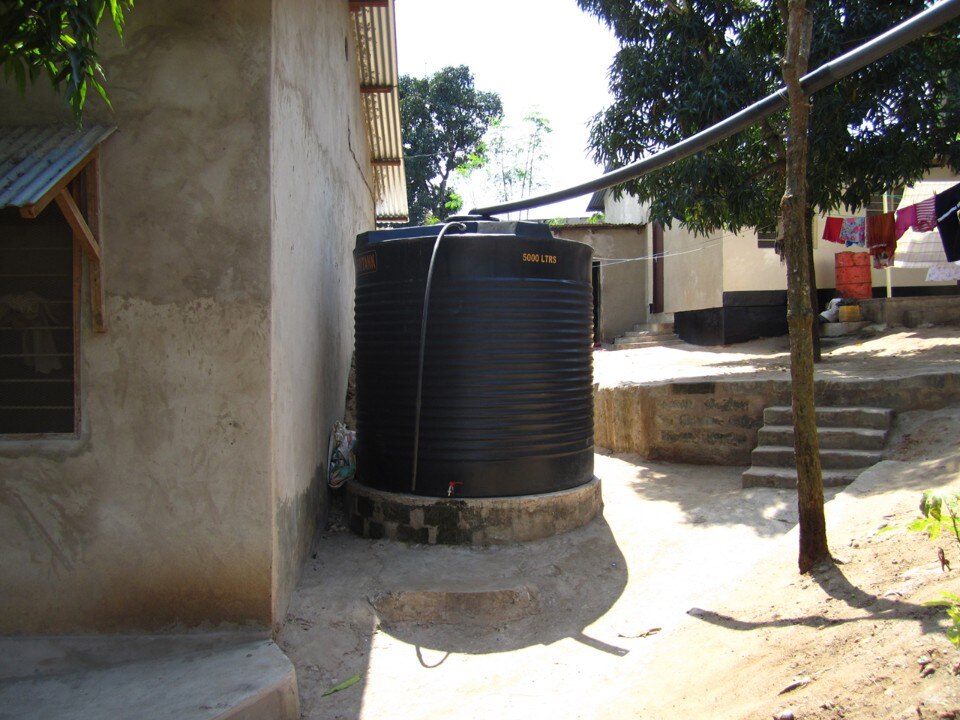
Africa of the future: water as a fundamental element for planning the mater plan of developing cities
Sub-Saharan Africa, and in particular Dar es Salaam, are suitable places for Maria Chiara Pastore to investigate the different distribution and collection of water compared to the Westernized world. Water is as vital for our cities as it is potentially destructive. It must become a structural element of planning.
Dar es Salaam
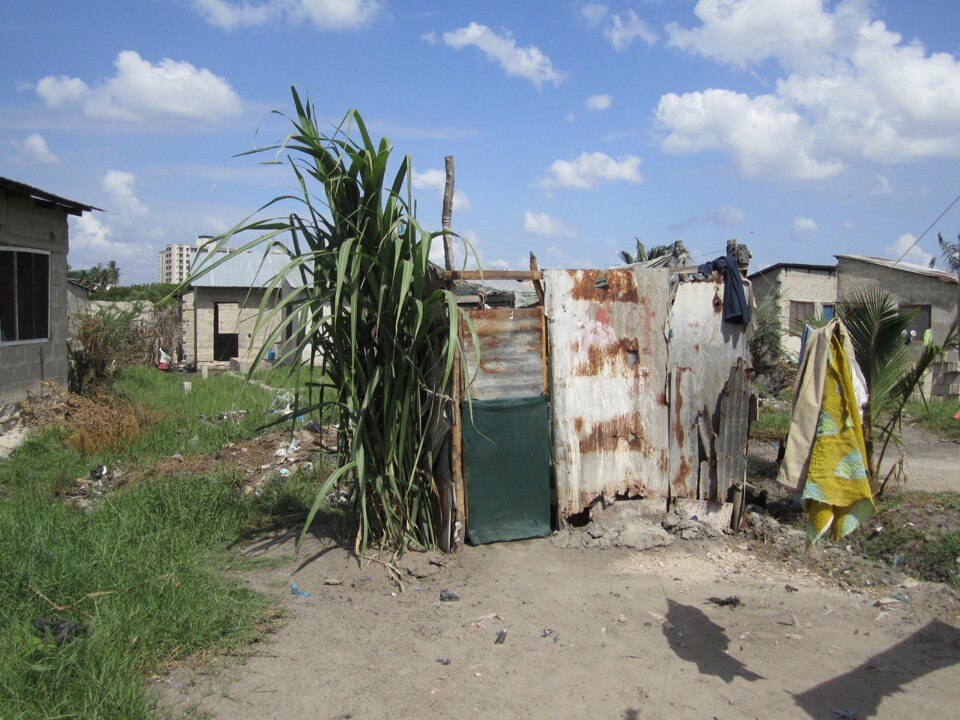
Africa of the future: water as a fundamental element for planning the mater plan of developing cities
Sub-Saharan Africa, and in particular Dar es Salaam, are suitable places for Maria Chiara Pastore to investigate the different distribution and collection of water compared to the Westernized world. Water is as vital for our cities as it is potentially destructive. It must become a structural element of planning
Dar es Salaam
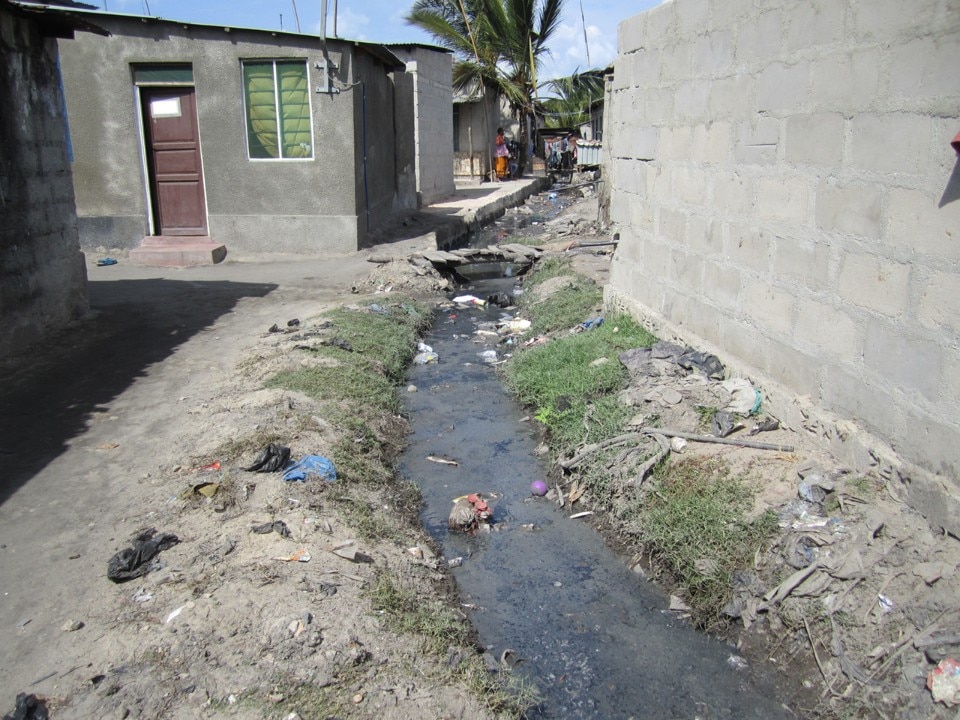
Africa of the future: water as a fundamental element for planning the mater plan of developing cities
Sub-Saharan Africa, and in particular Dar es Salaam, are suitable places for Maria Chiara Pastore to investigate the different distribution and collection of water compared to the Westernized world. Water is as vital for our cities as it is potentially destructive. It must become a structural element of planning.
Dar es Salaam
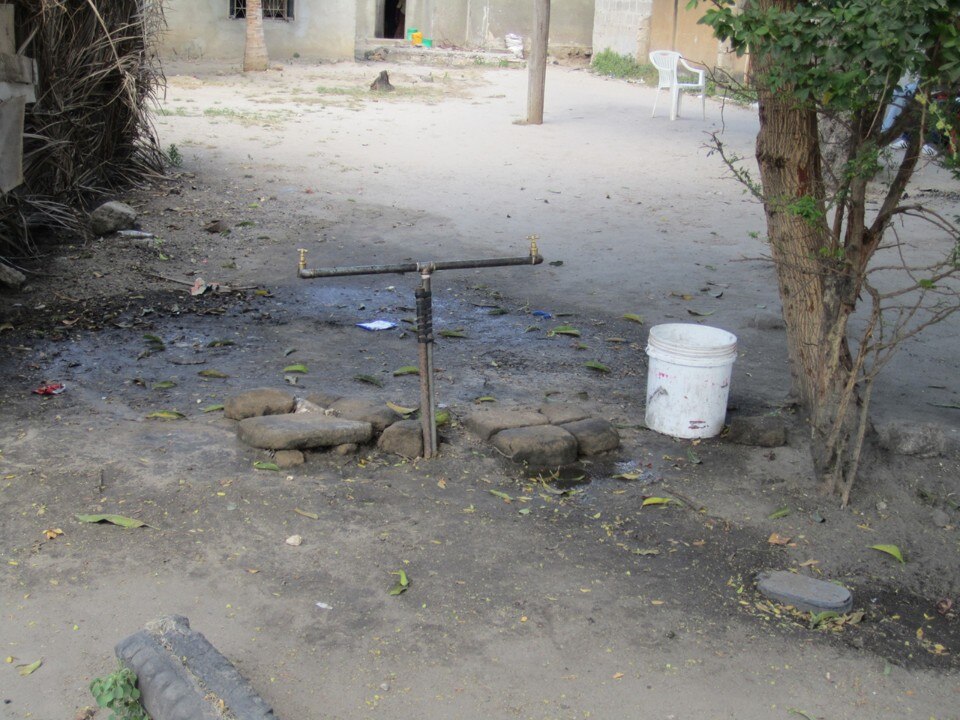
Africa of the future: water as a fundamental element for planning the mater plan of developing cities
Sub-Saharan Africa, and in particular Dar es Salaam, are suitable places for Maria Chiara Pastore to investigate the different distribution and collection of water compared to the Westernized world. Water is as vital for our cities as it is potentially destructive. It must become a structural element of planning.
Dar es Salaam
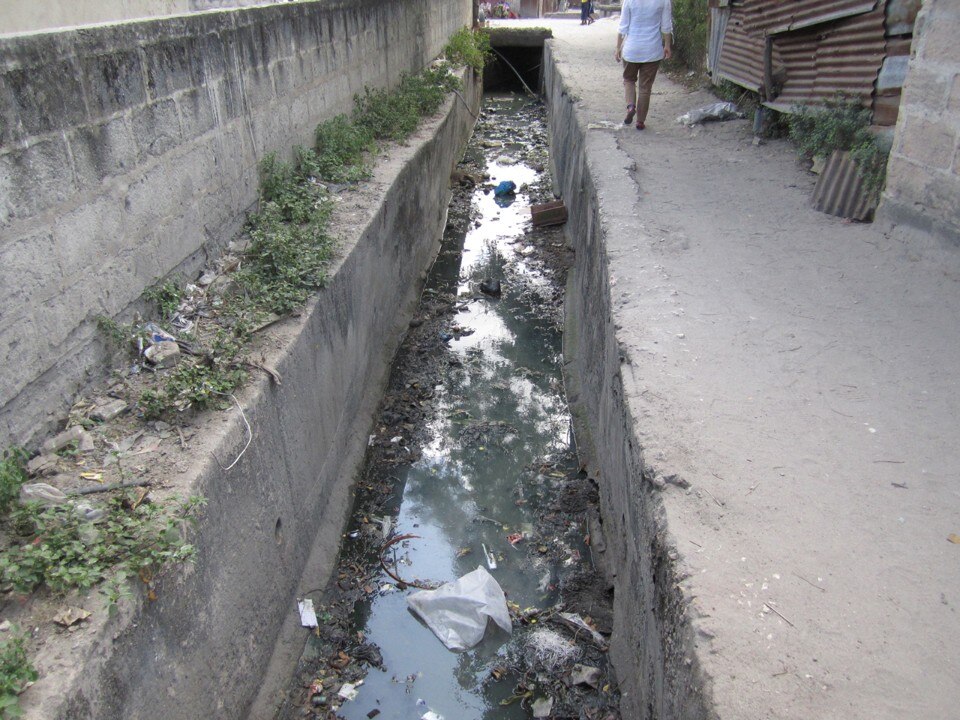
Africa of the future: water as a fundamental element for planning the mater plan of developing cities
Sub-Saharan Africa, and in particular Dar es Salaam, are suitable places for Maria Chiara Pastore to investigate the different distribution and collection of water compared to the Westernized world. Water is as vital for our cities as it is potentially destructive. It must become a structural element of planning.
Dar es Salaam
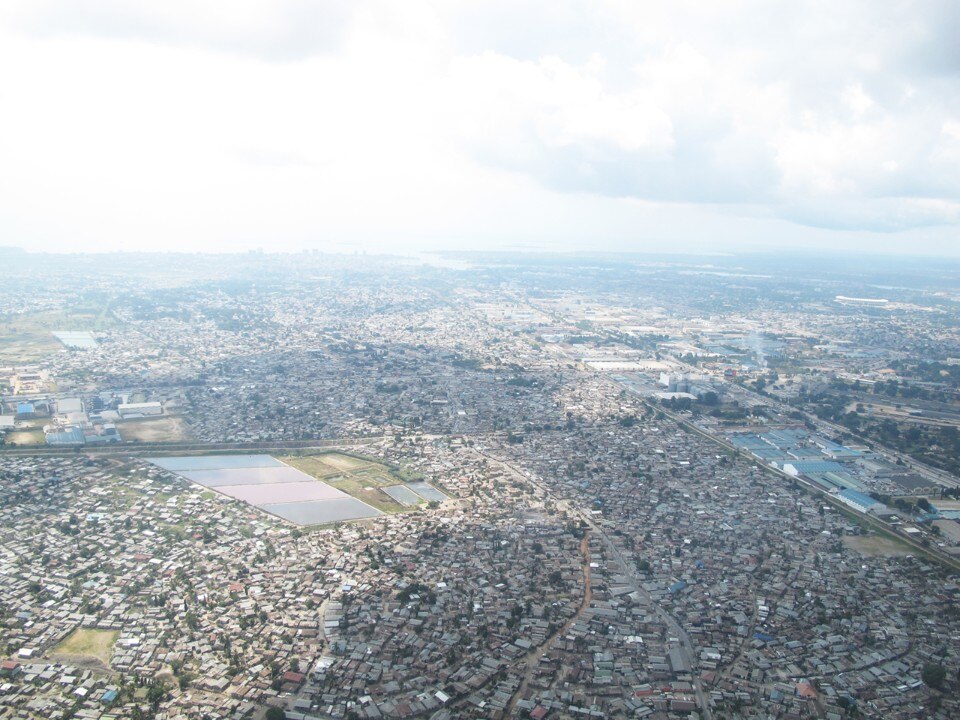
Africa of the future: water as a fundamental element for planning the mater plan of developing cities
Sub-Saharan Africa, and in particular Dar es Salaam, are suitable places for Maria Chiara Pastore to investigate the different distribution and collection of water compared to the Westernized world. Water is as vital for our cities as it is potentially destructive. It must become a structural element of planning.
Sub-Saharan Africa, Dar es Salaam
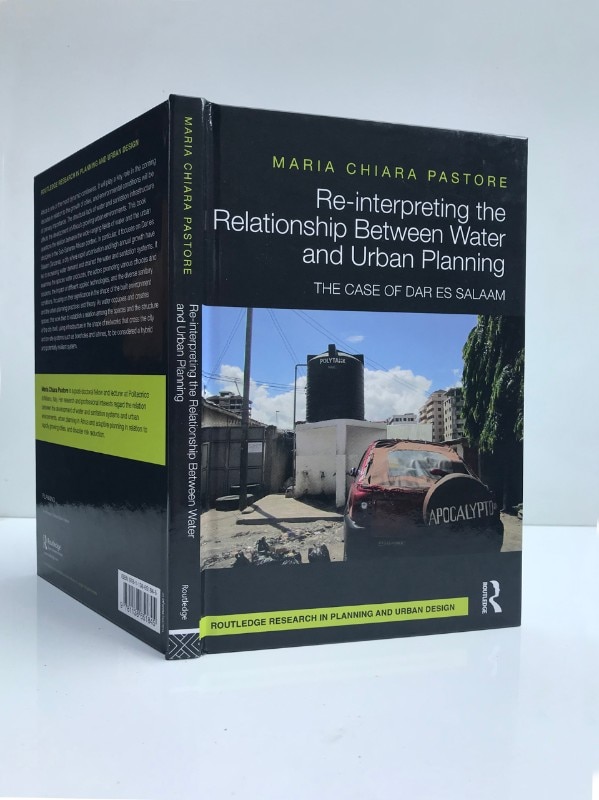
L’Africa del futuro: l’acqua come elemento fondamentale per la pianificazione del mater plan delle città in via di sviluppo
L’Africa Subsahariana, e in particolare Dar es Salaam, sono per Maria Chiara Pastore i luoghi adatti in cui indagare la differente distribuzione e la raccolta delle acque rispetto al mondo occidentalizzato. L’acqua è tanto vitale per le nostre città, quanto potenzialmente distruttivo. Deve diventare elemento strutturale della pianificazione.
Maria Chiara Pastore, Re-interpreting the Relationship Between Water and Urban Planning: The Case of Dar es Salaam, Routledge, 2018.
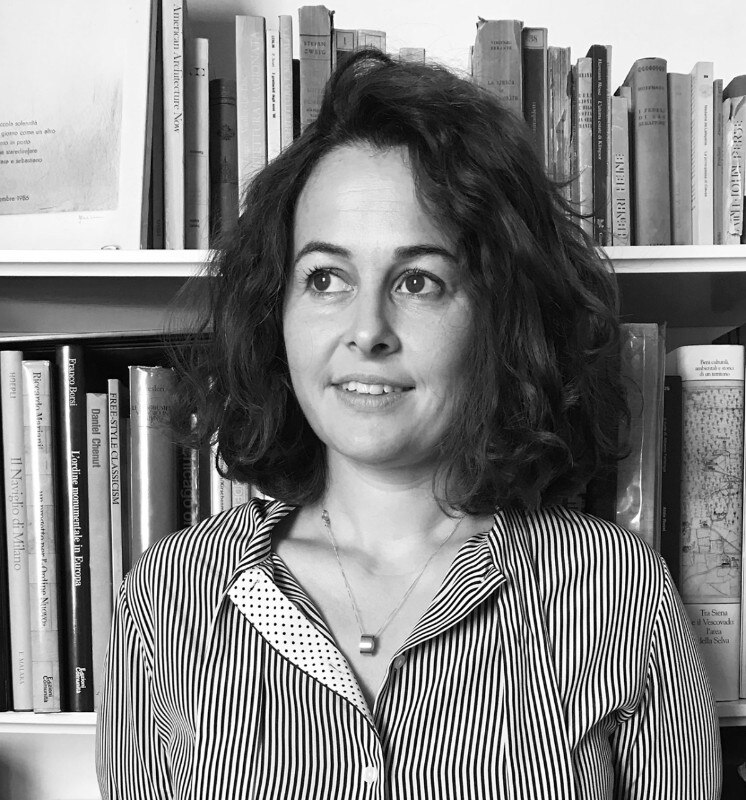
L’Africa del futuro: l’acqua come elemento fondamentale per la pianificazione del mater plan delle città in via di sviluppo
Maria Chiara Pastore was born in 1980. She has a doctorate degree in architecture from the Milan Polytechnic, and conducts research on city development. In 2016, she was special commissioner of Sisma, an Italian government initiative for post-earthquake reconstruction. Pastore is working on urban forestry research with Stefano Boeri, and her book Re-interpreting the Relationship Between Water and Urban Planning: The Case of Dar es Salaamwasrecently published by Routledge.
Maria Chiara Pastore

Africa of the future: water as a fundamental element for planning the mater plan of developing cities
Sub-Saharan Africa, and in particular Dar es Salaam, are suitable places for Maria Chiara Pastore to investigate the different distribution and collection of water compared to the Westernized world. Water is as vital for our cities as it is potentially destructive. It must become a structural element of planning.
Dar es Salaam

Africa of the future: water as a fundamental element for planning the mater plan of developing cities
Sub-Saharan Africa, and in particular Dar es Salaam, are suitable places for Maria Chiara Pastore to investigate the different distribution and collection of water compared to the Westernized world. Water is as vital for our cities as it is potentially destructive. It must become a structural element of planning.
Dar es Salaam

Africa of the future: water as a fundamental element for planning the mater plan of developing cities
Sub-Saharan Africa, and in particular Dar es Salaam, are suitable places for Maria Chiara Pastore to investigate the different distribution and collection of water compared to the Westernized world. Water is as vital for our cities as it is potentially destructive. It must become a structural element of planning.
Dar es Salaam

Africa of the future: water as a fundamental element for planning the mater plan of developing cities
Sub-Saharan Africa, and in particular Dar es Salaam, are suitable places for Maria Chiara Pastore to investigate the different distribution and collection of water compared to the Westernized world. Water is as vital for our cities as it is potentially destructive. It must become a structural element of planning.
Dar es Salaam

Africa of the future: water as a fundamental element for planning the mater plan of developing cities
Sub-Saharan Africa, and in particular Dar es Salaam, are suitable places for Maria Chiara Pastore to investigate the different distribution and collection of water compared to the Westernized world. Water is as vital for our cities as it is potentially destructive. It must become a structural element of planning.
Dar es Salaam

Africa of the future: water as a fundamental element for planning the mater plan of developing cities
Sub-Saharan Africa, and in particular Dar es Salaam, are suitable places for Maria Chiara Pastore to investigate the different distribution and collection of water compared to the Westernized world. Water is as vital for our cities as it is potentially destructive. It must become a structural element of planning.
Dar es Salaam

Africa of the future: water as a fundamental element for planning the mater plan of developing cities
Sub-Saharan Africa, and in particular Dar es Salaam, are suitable places for Maria Chiara Pastore to investigate the different distribution and collection of water compared to the Westernized world. Water is as vital for our cities as it is potentially destructive. It must become a structural element of planning.
Dar es Salaam

Africa of the future: water as a fundamental element for planning the mater plan of developing cities
Sub-Saharan Africa, and in particular Dar es Salaam, are suitable places for Maria Chiara Pastore to investigate the different distribution and collection of water compared to the Westernized world. Water is as vital for our cities as it is potentially destructive. It must become a structural element of planning.
Dar es Salaam

Africa of the future: water as a fundamental element for planning the mater plan of developing cities
Sub-Saharan Africa, and in particular Dar es Salaam, are suitable places for Maria Chiara Pastore to investigate the different distribution and collection of water compared to the Westernized world. Water is as vital for our cities as it is potentially destructive. It must become a structural element of planning.
Dar es Salaam

Africa of the future: water as a fundamental element for planning the mater plan of developing cities
Sub-Saharan Africa, and in particular Dar es Salaam, are suitable places for Maria Chiara Pastore to investigate the different distribution and collection of water compared to the Westernized world. Water is as vital for our cities as it is potentially destructive. It must become a structural element of planning.
Dar es Salaam

Africa of the future: water as a fundamental element for planning the mater plan of developing cities
Sub-Saharan Africa, and in particular Dar es Salaam, are suitable places for Maria Chiara Pastore to investigate the different distribution and collection of water compared to the Westernized world. Water is as vital for our cities as it is potentially destructive. It must become a structural element of planning
Dar es Salaam

Africa of the future: water as a fundamental element for planning the mater plan of developing cities
Sub-Saharan Africa, and in particular Dar es Salaam, are suitable places for Maria Chiara Pastore to investigate the different distribution and collection of water compared to the Westernized world. Water is as vital for our cities as it is potentially destructive. It must become a structural element of planning.
Dar es Salaam

Africa of the future: water as a fundamental element for planning the mater plan of developing cities
Sub-Saharan Africa, and in particular Dar es Salaam, are suitable places for Maria Chiara Pastore to investigate the different distribution and collection of water compared to the Westernized world. Water is as vital for our cities as it is potentially destructive. It must become a structural element of planning.
Dar es Salaam

Africa of the future: water as a fundamental element for planning the mater plan of developing cities
Sub-Saharan Africa, and in particular Dar es Salaam, are suitable places for Maria Chiara Pastore to investigate the different distribution and collection of water compared to the Westernized world. Water is as vital for our cities as it is potentially destructive. It must become a structural element of planning.
Dar es Salaam

Africa of the future: water as a fundamental element for planning the mater plan of developing cities
Sub-Saharan Africa, and in particular Dar es Salaam, are suitable places for Maria Chiara Pastore to investigate the different distribution and collection of water compared to the Westernized world. Water is as vital for our cities as it is potentially destructive. It must become a structural element of planning.
Sub-Saharan Africa, Dar es Salaam

L’Africa del futuro: l’acqua come elemento fondamentale per la pianificazione del mater plan delle città in via di sviluppo
L’Africa Subsahariana, e in particolare Dar es Salaam, sono per Maria Chiara Pastore i luoghi adatti in cui indagare la differente distribuzione e la raccolta delle acque rispetto al mondo occidentalizzato. L’acqua è tanto vitale per le nostre città, quanto potenzialmente distruttivo. Deve diventare elemento strutturale della pianificazione.
Maria Chiara Pastore, Re-interpreting the Relationship Between Water and Urban Planning: The Case of Dar es Salaam, Routledge, 2018.

L’Africa del futuro: l’acqua come elemento fondamentale per la pianificazione del mater plan delle città in via di sviluppo
Maria Chiara Pastore was born in 1980. She has a doctorate degree in architecture from the Milan Polytechnic, and conducts research on city development. In 2016, she was special commissioner of Sisma, an Italian government initiative for post-earthquake reconstruction. Pastore is working on urban forestry research with Stefano Boeri, and her book Re-interpreting the Relationship Between Water and Urban Planning: The Case of Dar es Salaamwasrecently published by Routledge.
Maria Chiara Pastore
When and why did you develop an interest in Africa?
I began studying and working on Sub-Saharan African cities ten years ago. I wanted to analyse metropolises that managed the collection and distribution of water in a different way from the Western world. In the West, all water has been piped to users since the Industrial Revolution, meaning it is connected to infrastructure that transports the water.
Daily activities such as brushing our teeth, using the washing machine and cooking are made possible by a complex, intricate system of pipes connecting our faucets to remote, hidden plants.
I wanted to study what happens in rapidly growing urbanised areas where millions of people live, and where there is the compresence of piped water and localised water, meaning wells, latrines unconnected to water lines, and distribution tanks. According to data from 2015 gathered by Unicef and the World Health Organisation, in African cities between 1990 and 2015, people using a piped water system diminished from 43 to 33 per cent, while the popularity of other systems (forms of sharing and types of distribution such as wells and tanks) augmented. Sub-Saharan Africa and the city of Dar es Salaam in particular were to me the perfect place to make a survey of this overlapping of systems. During the year I spent in Dar es Salaam, a group of experts was working on a new master plan for the city. It was an opportunity I did not want to miss out on.
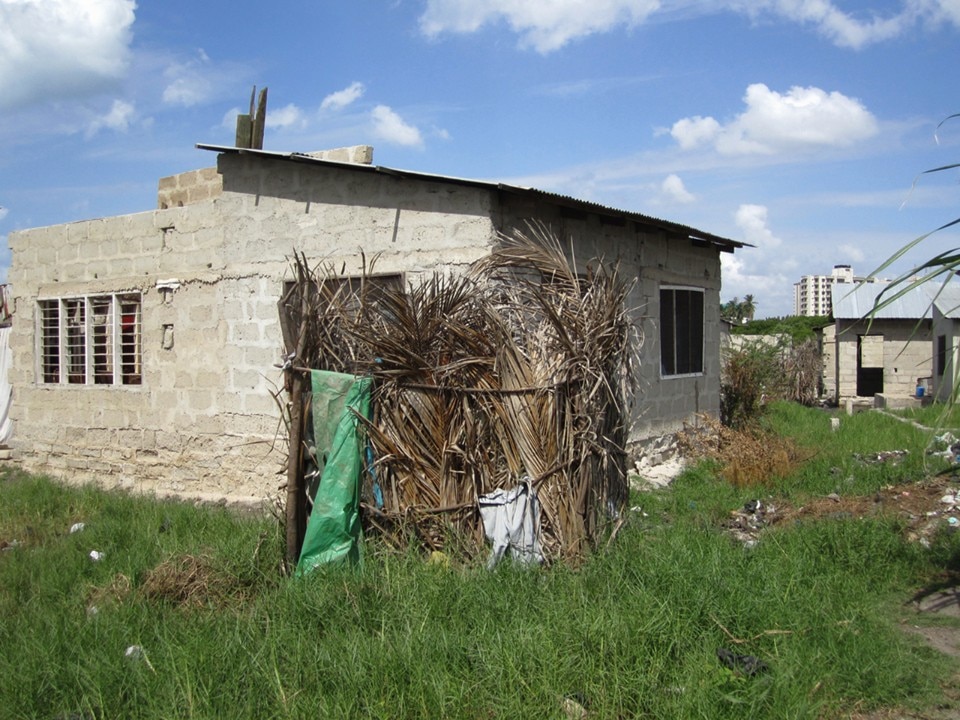
What can you tell us about the water situation in Dar es Salaam?
Dar es Salaam makes evident the complex relation between water and city planning. The population is over 5 million, 90 per cent of which uses latrines. This has a very negative influence on health and environmental conditions. When it rains, flooding contaminates the filtered water. People get sick with cholera, diarrhoea and malaria. Dar es Salaam is like an archipelago – the neighbourhoods are very diverse in terms of population density, building materials, orography, colonial relics and natural features. Today, to equip a metropolis with conventional lines for water distribution is an enormous challenge. It's long-term, very expensive and might not even be the best solution.
What are the future expectations for this area? How can concrete, substantial progress be made, even slowly?
Dar es Salaam shows us three points that are useful toward rethinking the relation between water and urban planning. The development of African cities is dependent on infrastructure, but the model for development must take into account the existing situation. Eighty per cent of the city was built informally, as were the systems for water collection and distribution. Second, we must think of piped and localised distribution systems as valid technology that can coexist. The relation between urban planning and resource management must be linked. The third point is governance. African cities have private water management. Citizens themselves are in charge of their own water supply and water collecting. Living in an era whose accelerated pace of changes has earned it a name, the Anthropocene, we can imagine that the conditions are ripe for a rethinking of the water system. These three considerations viewed as a whole can lead to new ideas for the management of water as a resource.
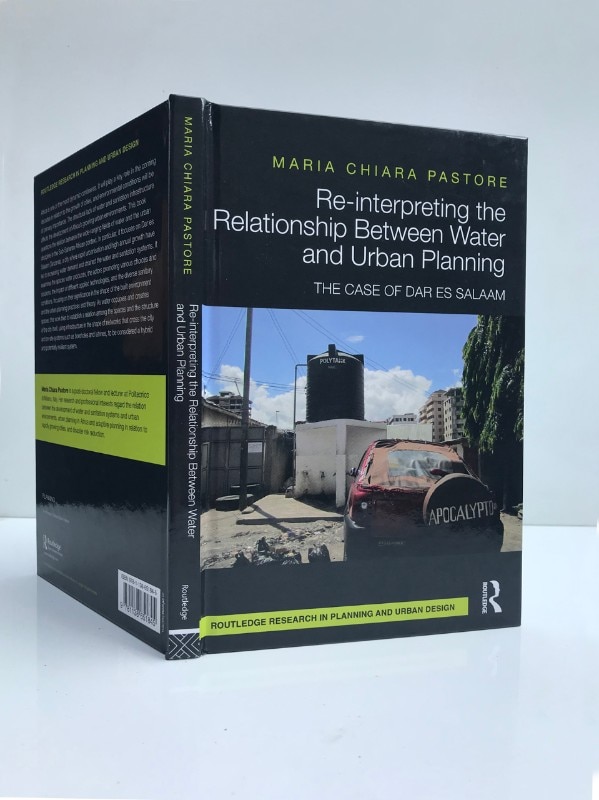
In the light of your studies, how do you describe the relation between water and urban planning?
First of all, they need to be linked. One of the key problems is the sharp separation between competencies and disciplines. The water problem is often tackled in a very specific manner without having a broader view. The subject of water includes many fields: sanitary, economic, management and more. Complicating the situation is the scale on which problems are looked at. Plans and projects that are sectorial from a disciplinary point of view have definite administrational and institutional boundaries. Coordination between these parties is difficult but necessary. Water is vital to the health of our cities, but potentially destructive. It must become a structural part of urban planning.
What's next for you?
I am working on many projects. Students from the Milan Polytechnic and I are studying the public space in Maputo, the capital of Mozambique. Since 2014, I have been working in Malawi on a wonderful consultancy project financed by the World Bank, aimed at producing guidelines for the construction of safe housing and schools. I am conducting research on master plans for future cities in sub-Saharan Africa.
- Book title:
- Re-interpreting the Relationship Between Water and Urban Planning: the Case of Dar es Salaam
- Author:
- Maria Chiara Pastore
- Publisher:
- Routledge
- Pages:
- 192
- Price:
- 39,24 €
- Year:
- 2018


